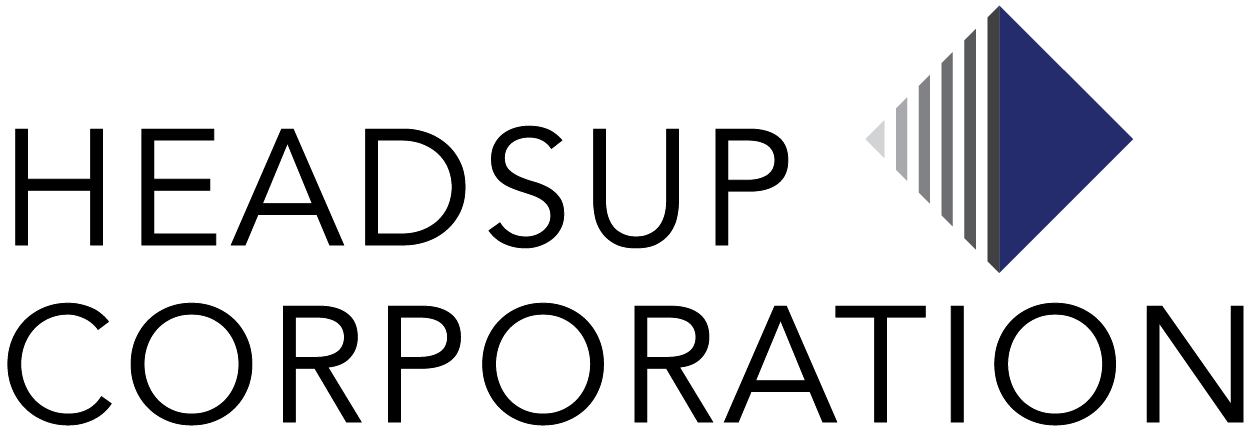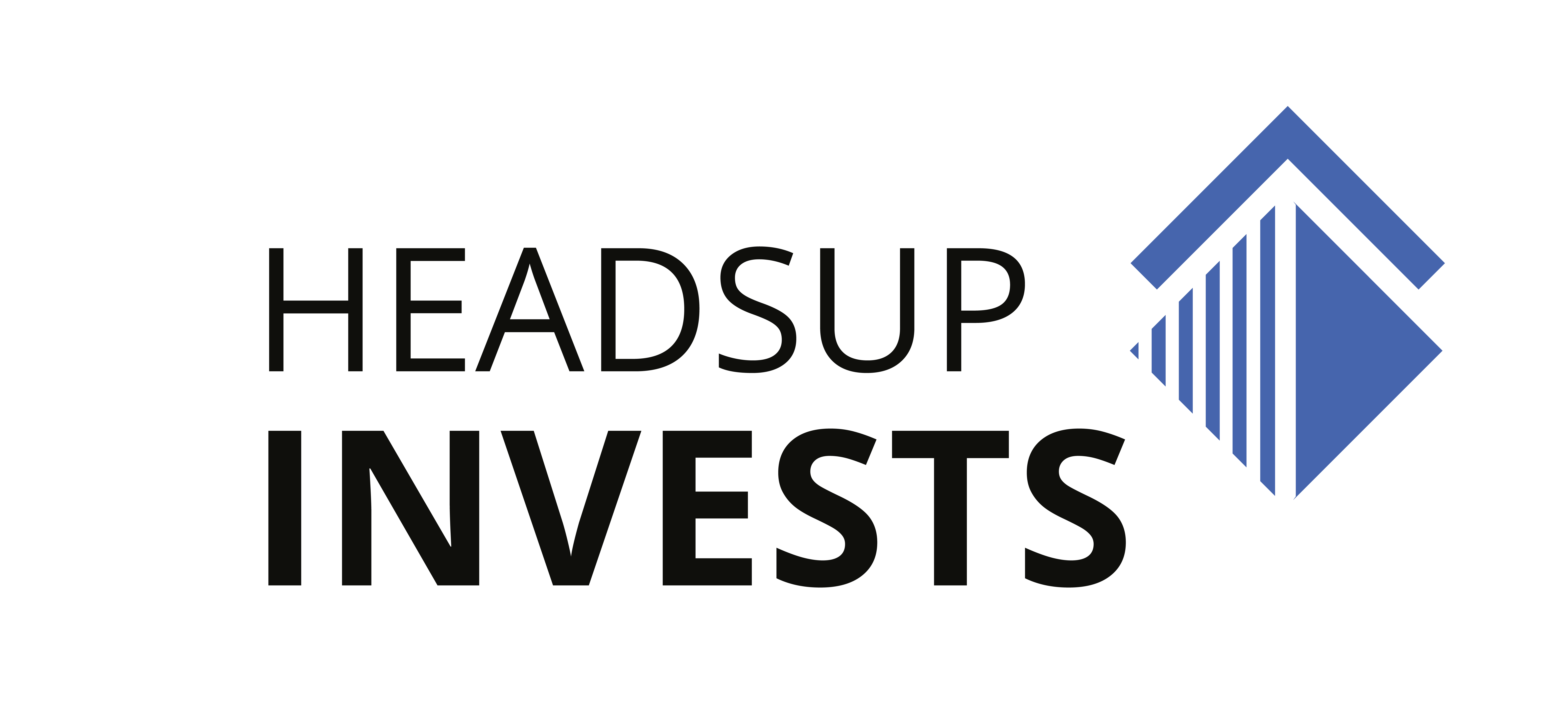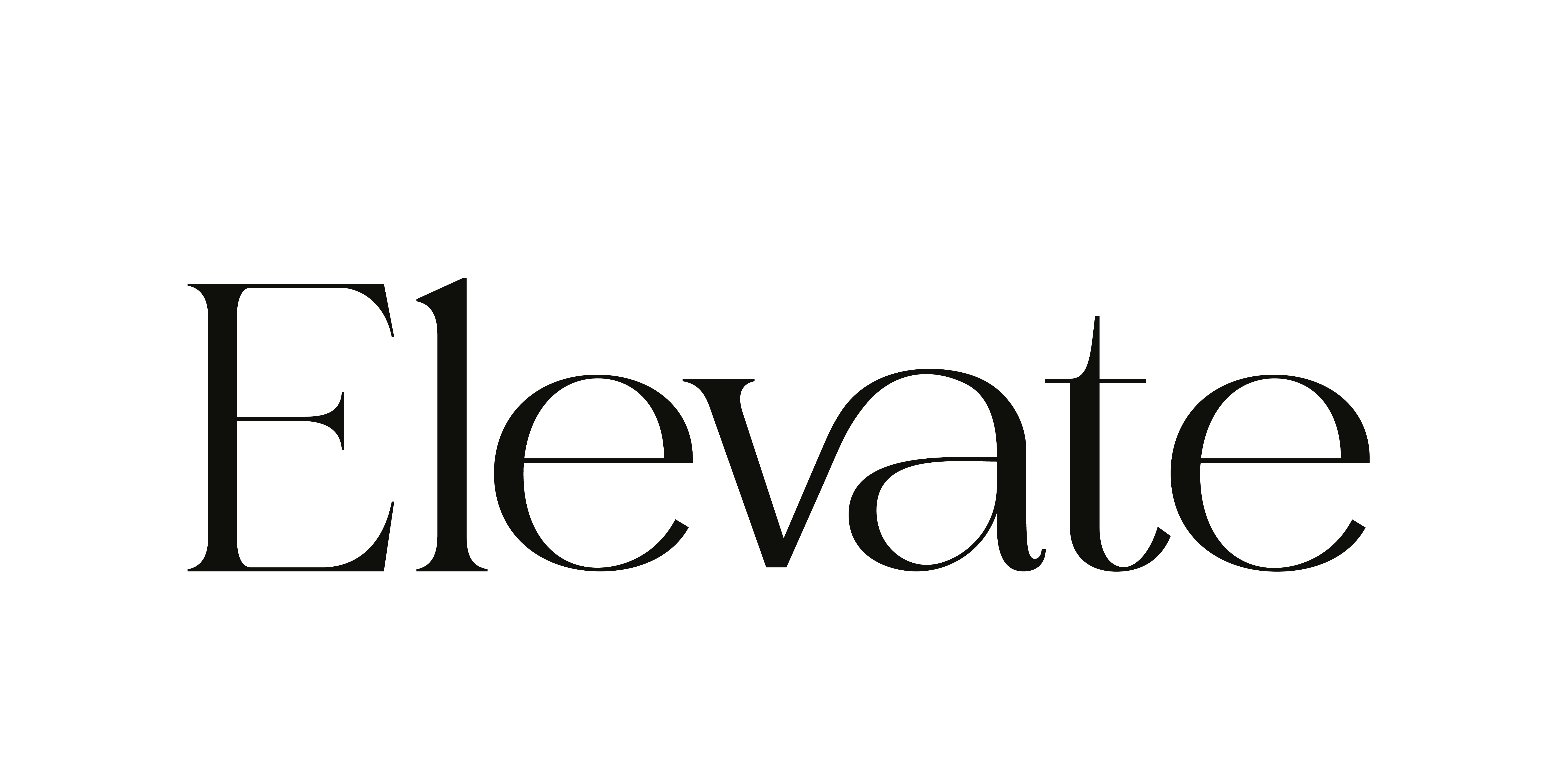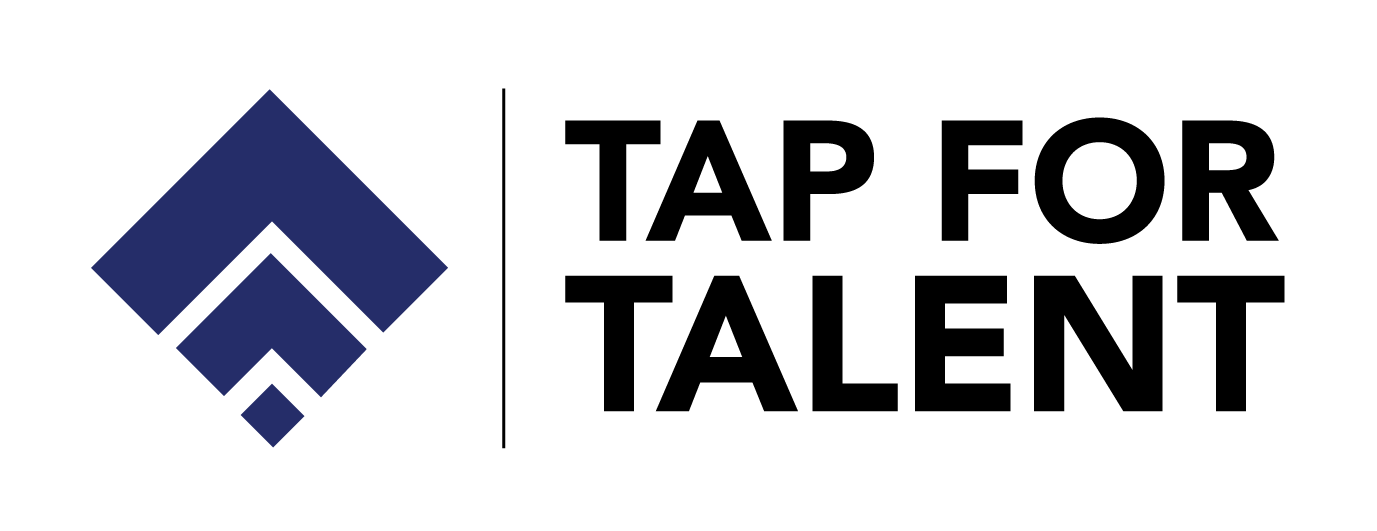According to a research conducted by Gartner, employees want to be recognised as values and not just asset addition in the corporate system. Moreover productivity, purpose driven employees and a strong sense of community is at the core of a better workforce and if certain employees are getting affected due to different reasons you have an opportunity to turn that situation around.
The ideal way to work around this situation is to introduce the PIP (Performance Improvement Plan). Performance management often gets mistaken for a one-time appraisal or an awkward feedback session but the reality is different. PIP is a much impactful and an efficient way to get a deeper insight into how employee performance is made of several factors. Factors like
- Clarity of role and expectations,
- Skill gaps analysis
- Workload and prioritisation
- Communication and collaboration
- Motivation and engagement
- Managerial support and feedback
- Time management and accountability
A well-structured PIP doesn’t just aim to fix performance it helps decode it. By understanding these factors and working collaboratively on them, it becomes a very useful tool to progress.
What is Performance Management ?
At its core, performance management is essentially a helpful tool to have a more structured approach to set expectations and guiding employees. More specifically performance management is a cycle and not a single meeting of regular feedback and goal setting procedure. Performance management also helps gaining insights to analyse gaps, gaps like training gaps or job requirements misinformation and several others. Often people confuse talent management with performance management. While talent management focuses on engaging and retaining employees through various initiatives, performance management is centered on helping employees set and achieve goals that align with both the organisation’s short-term and long-term objectives.
Performance management systems have evolved over the years and which was a more yearly thing has become a feedback loop so that employees are constantly evolving. But many employees find their organisation’s performance management confusing, subjective and sometimes unfair. The best part? You don’t have to start from scratch—we’ve got a clear template and a structured approach to help you implement effective performance management with ease.
Why Does It Matter?
With performance management people know what’s expected and feel supported as employees in their companies. Majorly they get the space to rework on themselves and improve their performance Here’s what great performance management brings to the table:
- Clarity: No more “Am I doing this right?” uncertainty.
- Growth: Employees get the coaching they need to get better.
- Engagement: People feel seen, valued, and involved.
- Business Results: Individual efforts tie directly to team and company goals.
When done right, performance management isn’t micromanagement, it’s empowerment.
Performance Improvement Plan
Sometimes, despite all support, an employee might struggle to meet expectations. That’s where a Performance Improvement Plan (PIP) comes in. A PIP is a structured, time-bound plan that gives the employee a fair shot to improve. Think of a PIP as a roadmap for turnaround, not a trap. It’s a transparent, measurable and collaborative way to assess the performance of an employee. Moreover with a PIP, organisations get a chance to coach an employee and not just corner them.
Performance Improvement Plan (PIP) Template
Here’s a simple, no-fluff template you can adapt:
Employee Name:
Job Title:
Department:
Manager:
Date of PIP Initiation:
Duration: (e.g., 30/60/90 days)
Performance Issues Identified:
(Be specific. List key areas of concern.)
Missed weekly deadlines on projects.
Low client satisfaction scores.
Lack of proactive communication with the team.
Improvement Goals:
(Define clear, measurable goals.)
Submit all deliverables on or before the deadline for 4 consecutive weeks.
Achieve a client rating of 4.5+ in the next 2 feedback cycles.
Attend and contribute to all team meetings this month.
Support & Resources Provided:
(What the company will do to support success.)
Weekly 1:1 check-ins with manager.
Access to project planning tools and mentorship.
Training module on time management.
Review Dates:
(List mid-point and final evaluation dates.)
Outcome Criteria:
(How success or non-compliance will be evaluated.)
Improvement in defined areas by final review.
Continued employment will be based on meeting goals.
Signatures:
Employee: ___________
Manager: ___________
HR Representative: ___________
Date: ___________
Performance Management is not about rating people, it’s about giving them a space to grow and rise. Whether it’s celebrating growth or addressing gaps with empathy, the goal is to create a culture where feedback flows, goals are shared and improvement is a joint mission not a struggle.








